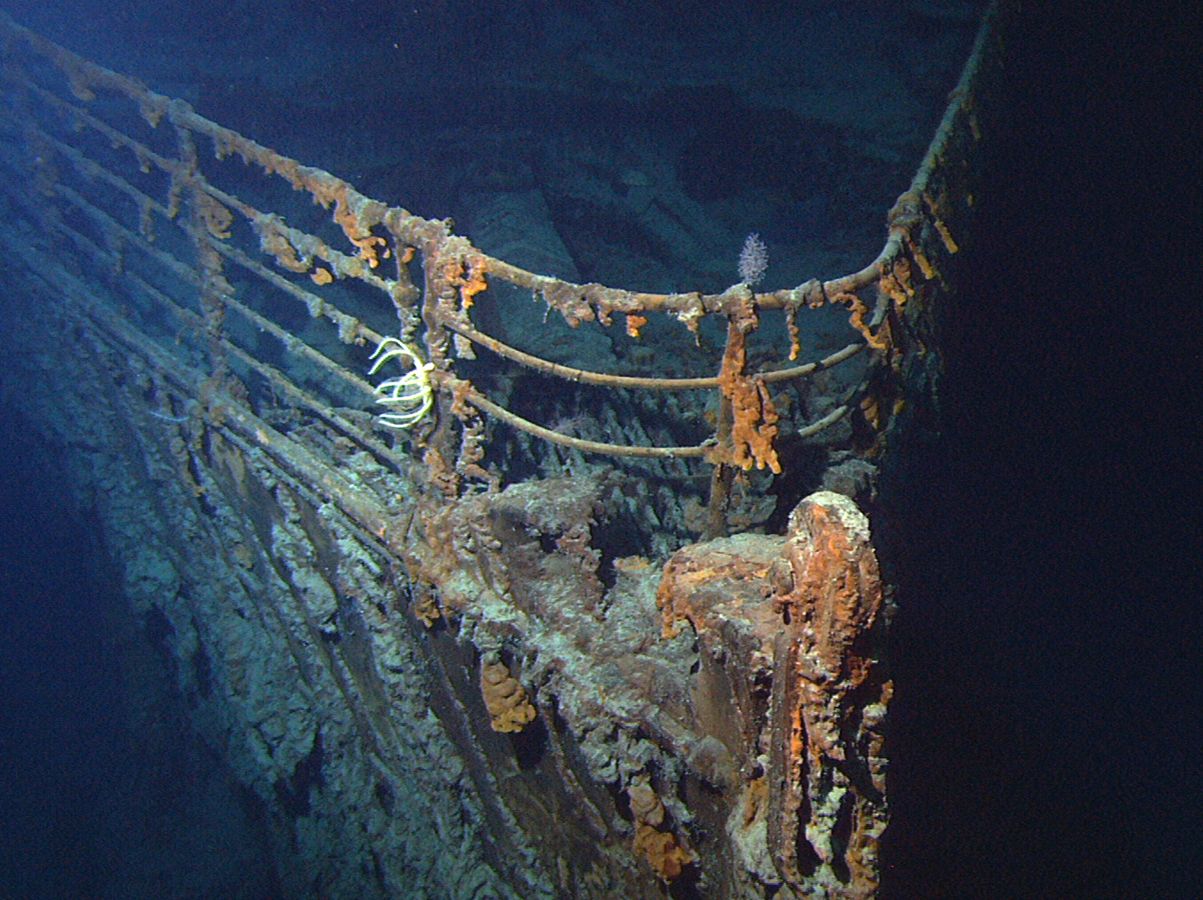
'The Titanic’s hidden truth': Why no human remains have been found after 111 years
Produced by: Manoj Kumar


Mysterious Void
The Titanic wreck, rediscovered by Dr. Robert Ballard in 1985, revealed artifacts but no human remains, raising unsettling questions about their fate.

Currents’ Grip
Ocean currents in the North Atlantic dispersed many bodies, with recovery ships locating victims miles away from the site.

Lifejacket Drift
Lifejackets kept victims afloat initially, but storms and waves scattered bodies, leaving them vulnerable to decomposition or sinking.

Ocean’s Depths
The Titanic rests below the calcium carbonate compensation depth, where seawater dissolves bones over time.

Scavenger Feast
Deep-sea organisms like crustaceans and bacteria rapidly consumed organic matter, leaving no trace of human remains.

Sealed Hope
Experts suggest sealed compartments might preserve remains, but immense pressure and structural collapse make it unlikely.

Wreck's Tale
The Titanic wreck, found in two main pieces spread across 1,600 feet, tells a haunting story of human loss and natural forces.

Preservation Contrast
Shipwrecks like the Mary Rose and Vasa preserved bones due to shallow, oxygen-poor waters—unlike Titanic’s deep-sea grave.

Legacy Endures
Artifacts recovered from the Titanic evoke a poignant reminder of the lives lost and the enduring fascination with its tragic tale.